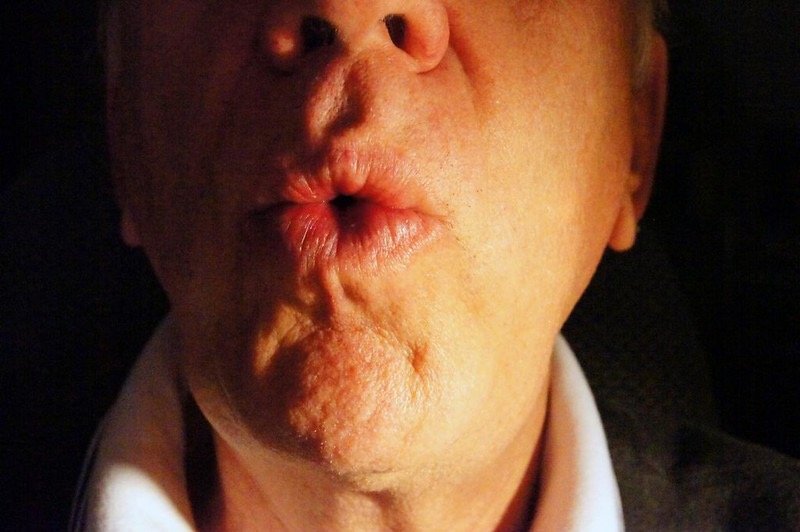Five Simple DIY Exercises to Relieve Anxiety -- Exercise #2: Voo Sounding
Imagine this scenario, just in time for the holidays! You're at a family gathering. While that statement in and of itself might be activating!, imagine that there's been a specific disagreement between you and a family member. Emotions are escalating. The atmosphere is becoming increasingly uncomfortable, and you can feel your stress levels surging as the argument continues.
You catch yourself, and step away, but what else can you do? You can VOO!
The Voo Sounding technique is often taught and used by Somatic Experiencing® (SE™) developer, Dr. Peter Levine. It is a very easy way to immediately facilitate physical shifts within the body. It works by engaging two parts of our physiology: the muscles of social engagement, and the vagus nerve.
When we consciously create the “V” facial expression, we activate in particular the muscles around the eyes and mouth. These muscles are part of our social engagement system, which is a vital element of non-verbal communication. Through movement of these muscles, we unconsciously convey emotions and a sense of trust to others. We are in effect signaling, “Hey, I’m a friend, not a foe!” Rapport and a sense of mutual connection is enhanced. This is important for building healthy relationships and for fostering social well-being.
Sounding, which typically involves making vocal sounds or engaging in vocal exercises, can stimulate the vagus nerve. The vagus nerve is the longest cranial nerve in the body, wandering from the brain down to the large intestine. It plays a vital role in regulating many physiological functions, including heart rate, digestion, and the "rest and digest" response of the autonomic nervous system. When stimulated, the vagus nerve promotes a sense of relaxation, reduces stress, and enhances overall well-being. Therefore, stimulating the vagus nerve through sounding can have a calming and soothing effect on the body.
By harnessing the power of our social engagement muscles and the vagus nerve, the Voo Sounding opens doors to enhanced non-verbal communication, emotional connection, and relaxation. It is a powerful and simple way to work with active anxiety.
To do it, simply take a gentle, full inhale, and on the slow exhalation make the "voo" sound in as deep a vocal register as possible (mimicking a foghorn). The idea is to feel the vibrations in your body as you exhale (most often this will register in your upper and lower chest, throat, and head/face). You continue making the sound, easily and gently, until the breath is completely expelled. Then rest, and observe your body for a minute or two.
During the observation period you are simply noting any changes, however slight, in your body’s physical sensations. If after a minute or two you aren’t noticing any shift, try another gentle round of inhale/exhale/rest/observe. If you are feeling particularly challenged when you begin (as in our above scenario), perhaps try two rounds in succession (inhale, exhale, inhale, exhale, rest, observe).
You may observe a slowing of your heart and respiration rates, a return of your energy to your core, and an enhanced sense of physical balance and stability. These bodily changes can significantly contribute to a greater sense of emotional control. Even if you don't feel ready to continue the original conversation, take pride in the fact that you've successfully employed another technique to manage your own reactions – and that's definitely something worth celebrating!
Stay tuned for the 3rd exercise — Self Hug — coming soon!
At Bodhisattva Bodywork, I offer a variety of stress reduction and trauma resolution therapeutic services in my Madeira, Portugal office, and online via a secure video link. I’m also developing a series of online courses to help balance and heal our individual, communal, and global traumas through cultivation of the Sacred Feminine at www.bodhicittasomatics.com.



